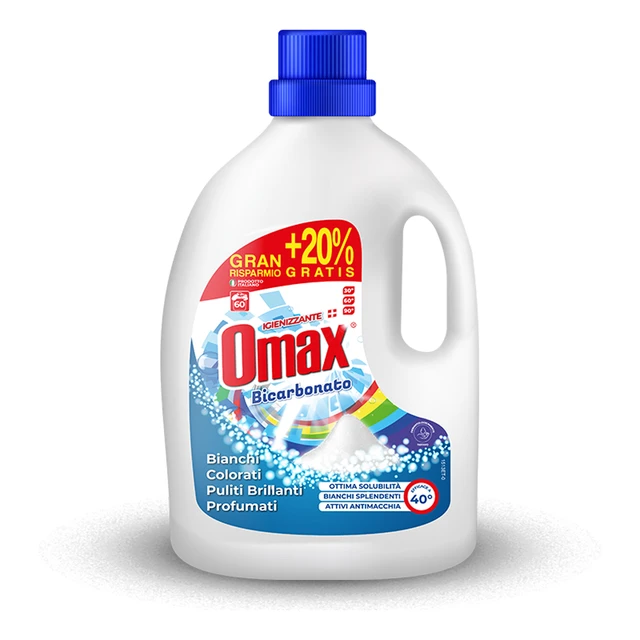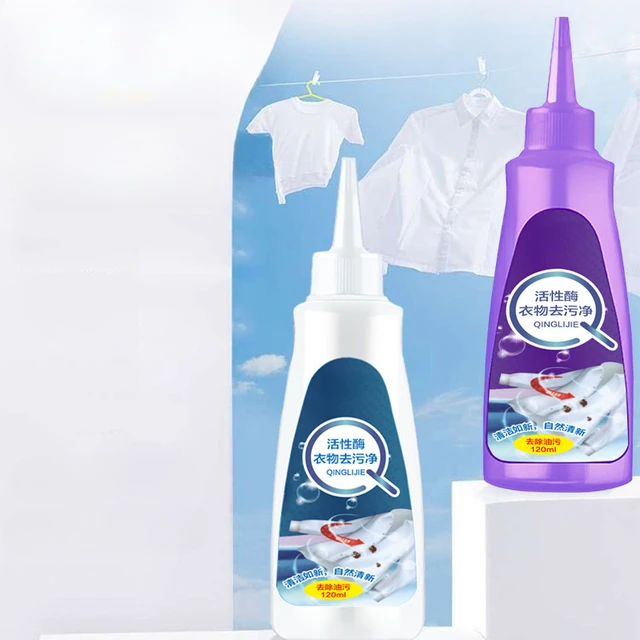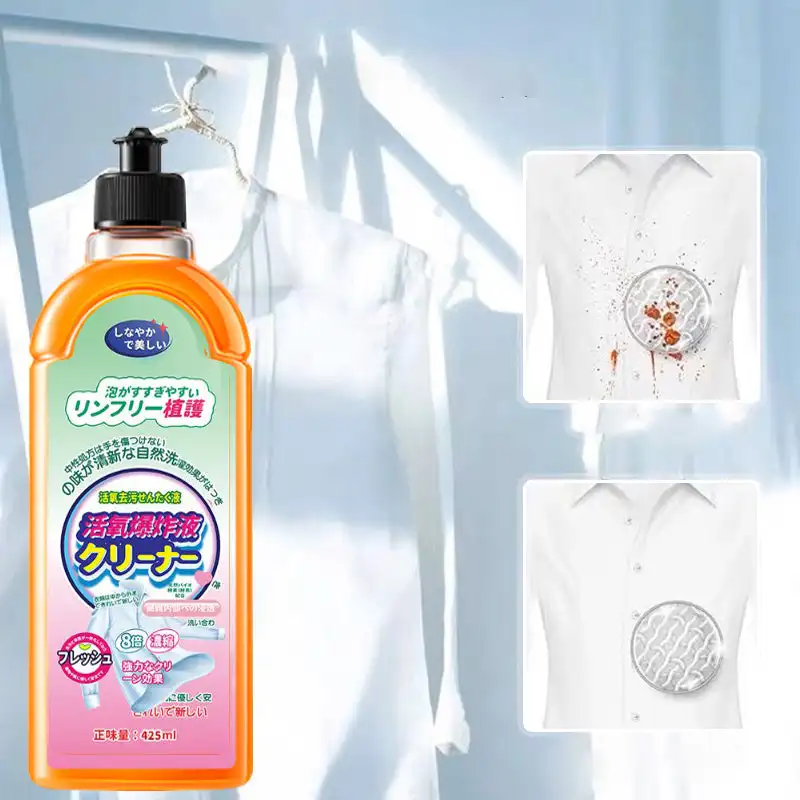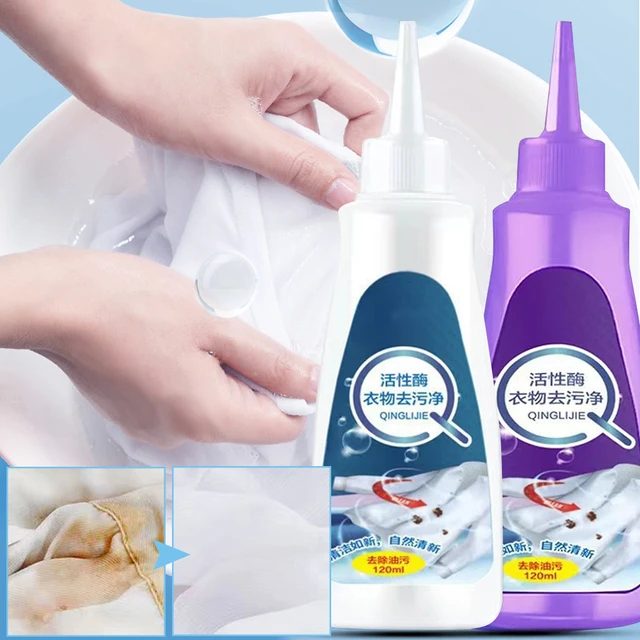 Introduction:
Introduction:
Making your own laundry detergent can offer a cost-effective and eco-friendly alternative to store-bought options. By using simple ingredients, you can create a DIY laundry detergent that is free from harmful chemicals and gentle on your clothes. In this comprehensive guide, we will provide a step-by-step recipe for a homemade laundry detergent, discuss the benefits of DIY laundry detergent, and offer tips for effective use.
 Here are some common types of laundry detergents:
Here are some common types of laundry detergents:
There are various types of laundry detergents available in the market, each formulated to cater to specific needs. Here are some common types of laundry detergents:
Standard/Regular Detergent:
These are the most common laundry detergents used for everyday laundry needs. They are designed to remove general dirt, stains, and odors from a wide range of fabrics.
High-Efficiency (HE) Detergent:
HE detergents are specifically formulated for use in high-efficiency washing machines. These detergents produce fewer suds and are designed to work effectively in water-efficient machines.
Eco-Friendly/Green Detergent:
Eco-friendly detergents are formulated using biodegradable ingredients and are free from harsh chemicals. They are designed to minimize environmental impact while effectively cleaning clothes.
Baby-Safe Detergent:
Baby detergents are specially formulated to be gentle on the sensitive skin of infants and young children. They are free from harsh chemicals, fragrances, and dyes that could potentially irritate their delicate skin.
Sensitive Skin Detergent:
These detergents are formulated for individuals with sensitive or easily irritated skin. They are free from dyes, fragrances, and harsh chemicals that could cause skin reactions.
Color-Safe Detergent:
Color-safe detergents are designed to preserve the vibrancy and brightness of colored fabrics. These detergents minimize color fading and bleeding during the washing process.
 Benefits of DIY Laundry Detergent
Benefits of DIY Laundry Detergent
Cost-Effective:
Making your own laundry detergent can save you money in the long run compared to purchasing commercial detergents.
Chemical-Free:
DIY laundry detergents are typically free from harsh chemicals, fragrances, and dyes.
This is especially beneficial for individuals with sensitive skin or allergies.
Environmentally Friendly:
DIY laundry detergents are often made with natural and biodegradable ingredients, reducing their impact on the environment.
By avoiding chemicals and excessive packaging, you contribute to a more sustainable lifestyle.
DIY Laundry Detergent Recipe
Ingredients:
1 cup of Washing Soda
2 cups of Borax
1 bar of Castile Soap (grated)
Optional: Essential oils for fragrance (5-10 drops)
Instructions:
Grate the bar of castile soap using a cheese grater or food processor.
In a large bowl, combine the washing soda, borax, and grated soap.
Optional: Add 5-10 drops of your favorite essential oil to add fragrance to the detergent.
Mix all the ingredients thoroughly until well blended.
Store the detergent in an airtight container.
 Tips for Using DIY Laundry Detergent
Tips for Using DIY Laundry Detergent
Quantity:
Use 1-2 tablespoons of DIY laundry detergent for a regular load of laundry.
Adjust the quantity based on the size of your load and the level of dirt or stains.
Pre-Treating Stains:
For tough stains, apply a small amount of the DIY laundry detergent directly to the stain before washing.
Let it sit for a few minutes before washing as usual.
Softening Agent:
DIY laundry detergent may not contain fabric softening agents.
Add a quarter cup of white vinegar or half a cup of baking soda during the rinse cycle as a natural softening agent.
Testing:
Before using the DIY laundry detergent on delicate fabrics or items with special care instructions, perform a spot test on a hidden area to ensure compatibility.
Variations and Customizations
Scent Options:
Experiment with different essential oils to personalize the fragrance of your DIY laundry detergent.
Popular options include lavender, lemon, tea tree, or eucalyptus.
Sensitive Skin:
For individuals with sensitive skin, consider using fragrance-free castile soap or reducing the amount of grated soap in the recipe.
High-Efficiency (HE) Washers:
If you have an HE washer, ensure that the DIY laundry detergent recipe is compatible.
High-efficiency detergents are typically low-sudsing, so adjust the recipe or use less detergent accordingly.
A few potential disadvantages of using DIY laundry detergent:
While DIY laundry detergent recipes may seem cost-effective and environmentally friendly, they can have some drawbacks. Here are a few potential disadvantages of using DIY laundry detergent:
Effectiveness:
DIY laundry detergent recipes may not be as effective at cleaning clothes compared to commercially available detergents. The ingredients used in homemade recipes may not have the same cleaning power or effectiveness in removing tough stains and odors.
Lack of Stain Removal Agents:
Homemade laundry detergent recipes often lack specific ingredients found in commercial detergents that are designed to target and remove specific types of stains. This can result in less effective stain removal and the need for additional stain treatment products.
Fabric Compatibility:
DIY laundry detergent recipes may not be suitable for all types of fabrics. Certain ingredients used in homemade detergents, such as vinegar or baking soda, could potentially damage delicate or sensitive fabrics over time.
Residue Buildup:
Homemade detergents may leave behind residue on clothes, especially if the recipe contains ingredients that do not fully dissolve or rinse out of fabrics. This residue can accumulate over time, leading to dull-looking clothes or potential skin irritation for those with sensitive skin.
Limited Odor Control:
Homemade laundry detergents may not have the same level of fragrance or odor control as commercial detergents, which often contain specific additives to provide a fresh scent that lasts longer.
Time and Effort:
DIY laundry detergents require time and effort to make, gather ingredients, and follow specific recipes. This can be inconvenient or impractical for individuals with busy schedules or those who prefer the convenience of store-bought detergents.
It’s important to consider these potential drawbacks and evaluate your specific laundry needs when deciding whether to use DIY laundry detergent or commercially available options. It’s recommended to conduct thorough research and testing before fully committing to a homemade detergent to ensure it meets your cleaning expectations.
 Conclusion:
Conclusion:
Creating your own DIY laundry detergent can be a rewarding and beneficial choice for both your wallet and the environment. By using simple ingredients and following the provided recipe, you can make a natural and effective laundry detergent that suits your needs. Enjoy the cost savings, gentle cleaning power, and customization options that come with homemade laundry detergent. Whether you have sensitive skin, aim to reduce your environmental impact, or simply want to try something new, DIY laundry detergent offers a sustainable and eco-friendly way to keep your clothes clean and fresh.